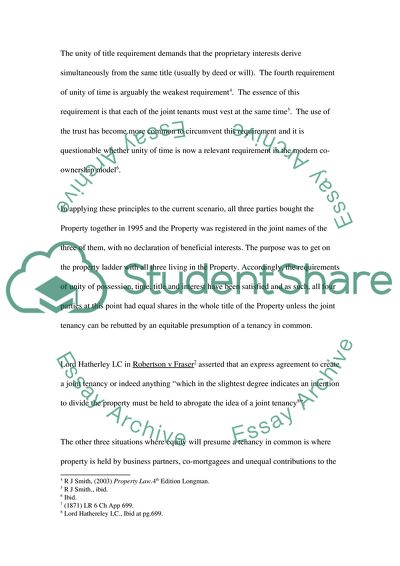Cite this document
(The Legal Principles Applicable to Co-Ownership of Property Assignment - 1, n.d.)
The Legal Principles Applicable to Co-Ownership of Property Assignment - 1. https://studentshare.org/law/1723412-property-law
The Legal Principles Applicable to Co-Ownership of Property Assignment - 1. https://studentshare.org/law/1723412-property-law
(The Legal Principles Applicable to Co-Ownership of Property Assignment - 1)
The Legal Principles Applicable to Co-Ownership of Property Assignment - 1. https://studentshare.org/law/1723412-property-law.
The Legal Principles Applicable to Co-Ownership of Property Assignment - 1. https://studentshare.org/law/1723412-property-law.
“The Legal Principles Applicable to Co-Ownership of Property Assignment - 1”. https://studentshare.org/law/1723412-property-law.


